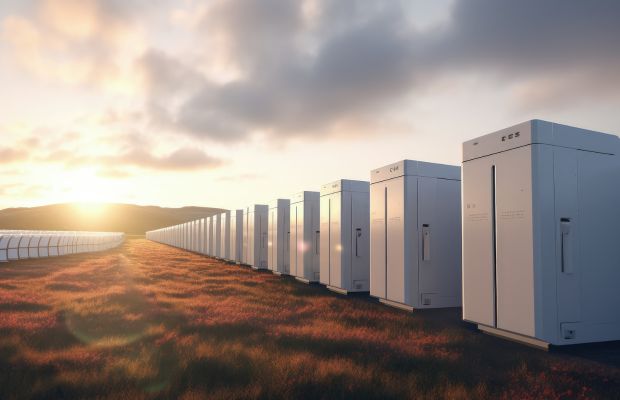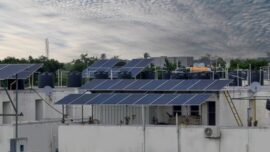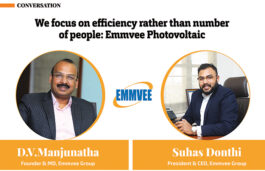Highlights :
- The government’s latest notification has clarified that the energy storage system (ESS) co-location requirement applies only to future solar tenders, not past commitments.
 Energy Storage
Energy Storage The Ministry of Power (MoP) has amended its provisions to clarify that ongoing government schemes, such as the PM Surya Ghar Muft Bijli Yojana, will continue under their existing rules without new energy storage mandates. It further specified that the energy storage system (ESS) co-location requirement applies only to future solar tenders and not to past commitments.
The government came out with this notification a few months after it released its advisory mandating the use of energy storage systems (ESS) with solar plants in the upcoming tenders. The Central Electricity Authority (CEA) mentioned, “Concerning the advisory issued by the CEA on 18th February 2025 regarding co-locating Energy Storage systems with Solar Power Projects to enhance grid stability and cost efficiency, it is clarified that all ongoing schemes of the Government of India (including the PM Surya Ghar Muft Bijli Yojana) will continue to be governed by the existing provisions of the schemes.”
MoP Advises REIAs To Co-Locate ESS With Solar Plants In Upcoming Tenders
The Ministry of Power (MoP) earlier this year released an advisory on the co-location of energy storage systems (ESS) with solar plants. Through this advisory CEA aims to incorporate a minimum of a 2-hour co-located Energy Storage System (ESS) equivalent to 10% of installed solar capacity in future tenders.
The notification stated, “This requirement will help mitigate intermittency issues and provide critical support during peak demand periods. A suitable compliance mechanism may also be explicitly mentioned in the bid document to ensure the availability of storage during non-solar hours.” Advisory mentioned, “To achieve this target, all Renewable Energy Implementing Agencies (REIAs) and State utilities are advised to incorporate a minimum of 2-hour co-located Energy Storage Systems (ESS).”
Co-Location
CEA in its rule mentioned, “The storage system can be run in either single-cycle operation, where it is charged using the co-located solar power and discharged during evening hours, or double-cycle operation, where, in addition to solar power, it can also be charged using energy from the grid during low-demand hours and discharged during peak hours (especially non-solar hours).”





























